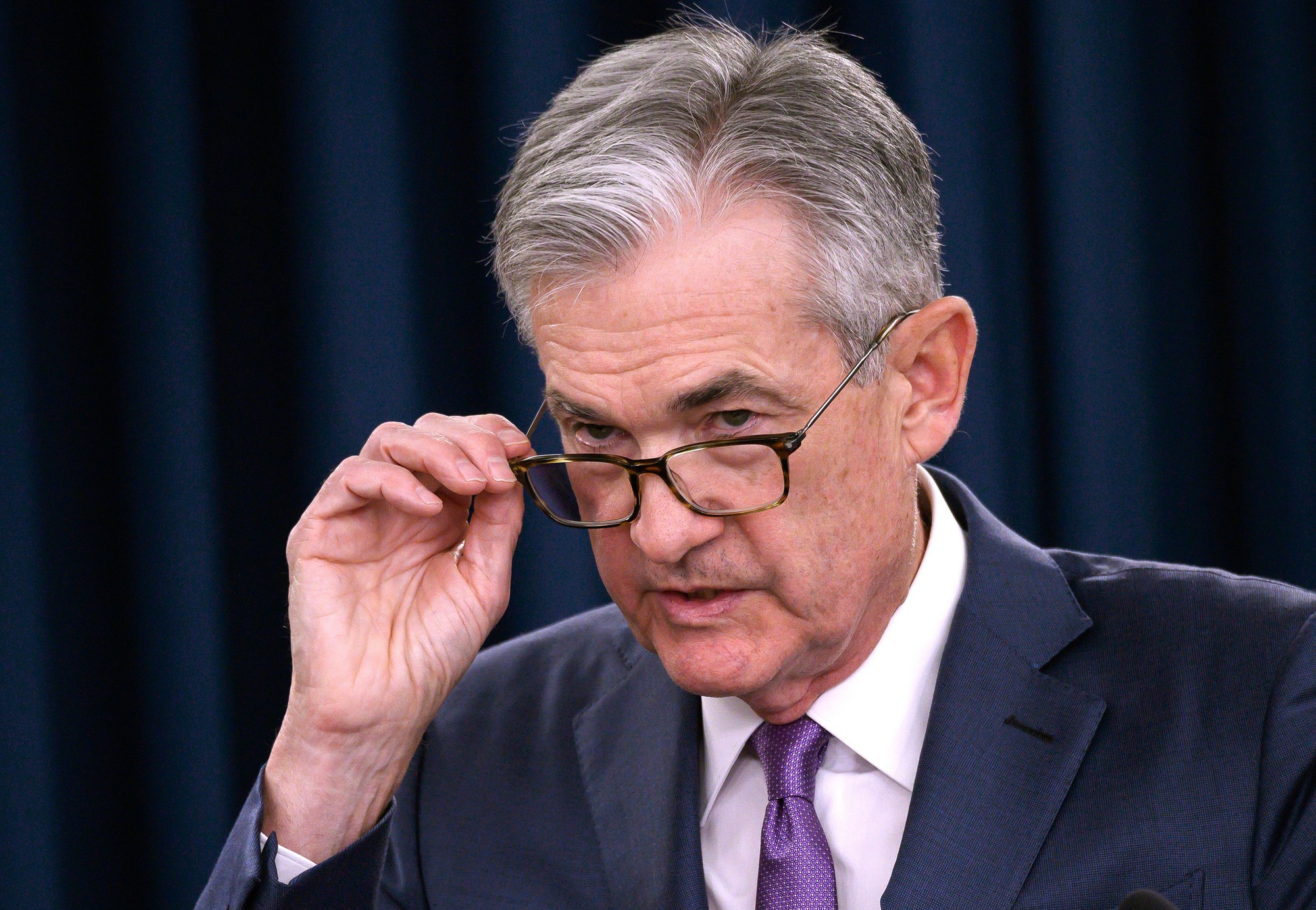A guidance for future interest rates
Should central banks try to guide the public’s expectations of interest rates?

Fed raised rate by 0.5 percentage point, and signaled more increases likely
>> New messages from central banks
We say this because the ECB delivered the “wrong” guidance about future rate hikes back in the summer – as the Fed did as well. But while the Fed seems to have learnt its lesson and has refrained from explicit guidance since then, it seems that the ECB can’t help itself but try to tell the markets where rates are going.
Mr. Steve Barrow, Head of Standard Bank G10 Strategy, said his view on the usefulness of policy guidance is very clear. He thinks it has a useful place when policy rates reach the lower bound, but central banks need to ease monetary conditions further. They can do with quantitative easing and rate guidance and both have been used effectively since the global financial crisis. But when policy rates move away from the zero lower rate bound, rate guidance is not only of little use but can actually be harmful.
On a very simple level, if central banks “tell” the market where policy rates are going to go in a very explicit way, then market expectations can just collapse onto the levels projected by the central banks and policymakers lose all the informational content that comes from the private sector’s independent assessment of the policy outlook.
Perhaps fortunately, central banks can’t tell us exactly where rates will go and their mistakes allow gaps to open up between market expectations and policymakers’ guidance. For instance, if we take the FOMC’s median rate projection from its quarterly Summary of Economic Projections (SEP) as ‘guidance’ for future rates it is clear right now that the market is reticent to buy into the FOMC’s story that there will be no cut in rates next year.
Nonetheless, central bank guidance of this sort does impede the markets’ ability to make its own mind up, and the markets independent assessment of where policy is likely to go is an important signal for central banks that they miss as a result. Essentially, what we are arguing here is that it is good that central banks get it wrong from time to time because then the market does not put too much faith in the guidance.
Take the Bank of England. Its members argued at the time of the November policy meeting that market-based rate projections were too high. But since then, these expectations have hardly budged.
>> US inflation and its implications for the FED's rate hike?
As for the ECB, its guidance last week, that we’re likely to see a couple of 50-bps hikes at the February and March meetings may seem helpful to the market, but it just sets the Bank up to be wrong. Back in the early summer the ECB “promised” a 25-bps hike at the July meeting only to lift rates 50-bps instead.
The Fed “promised” 50-bps hikes in June and July at the May meeting but delivered 75-bps instead. Mr. Steve Barrow thinks these mistakes damage credibility and perhaps it is no surprise now that the market is reticent to remove its projection that US policy rates will be cut from late next year. In the case of the ECB, market-based expectations have shifted up after the bank’s meeting last Thursday by around 50-bps, which may appear to reflect the bank’s new guidance, but tis shift depends on how the data come through. Indeed, it is rather contradictory of central banks like the ECB to say that policy changes are dependent on future data but then pre-judge that data by signalling what rate hikes will occur over the next couple of meetings.
Does any of this discussion have implications for how financial markets are likely to move? Mr. Steve Barrow believes so, for when the ECB gave its hawkish rate guidance last week it sent shockwaves through the market, forcing steep falls in risk assets such as equities. But traders and investors should not take central bank guidance as a copper-bottomed guarantee of what will happen – as we’ve already found out this year with both the ECB and the Fed. Those central banks actions turned out to be more hawkish than their guidance in the summer but, the further forward we go, the more the risk becomes that central bank actions undershoot the guidance that they have pushed out.








